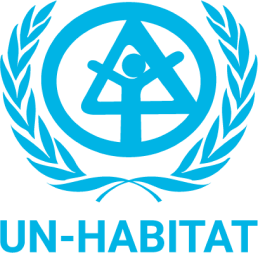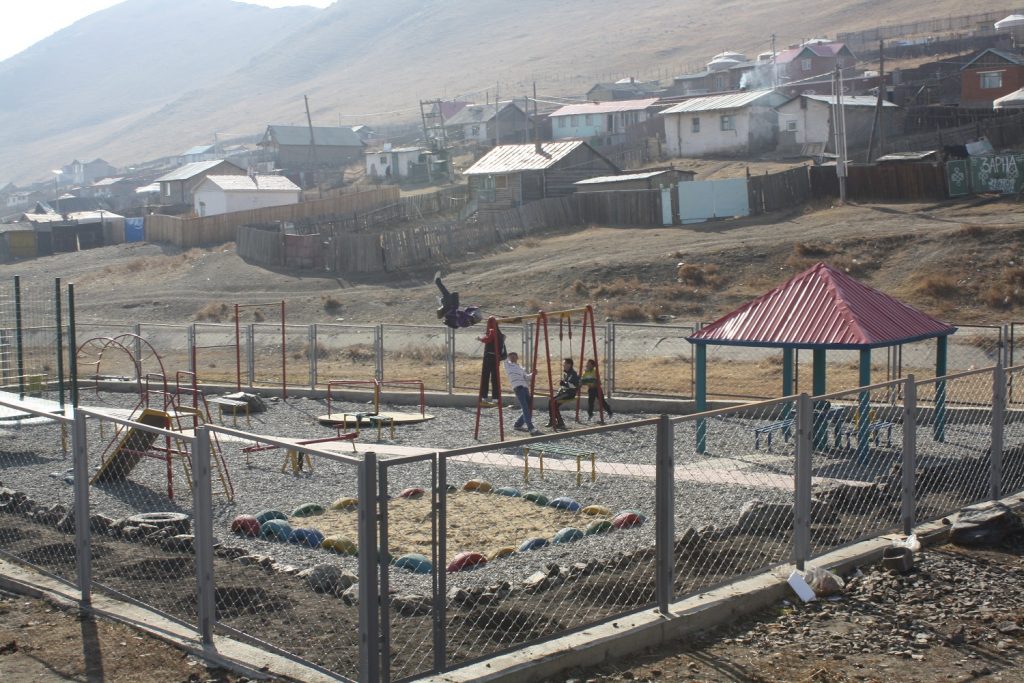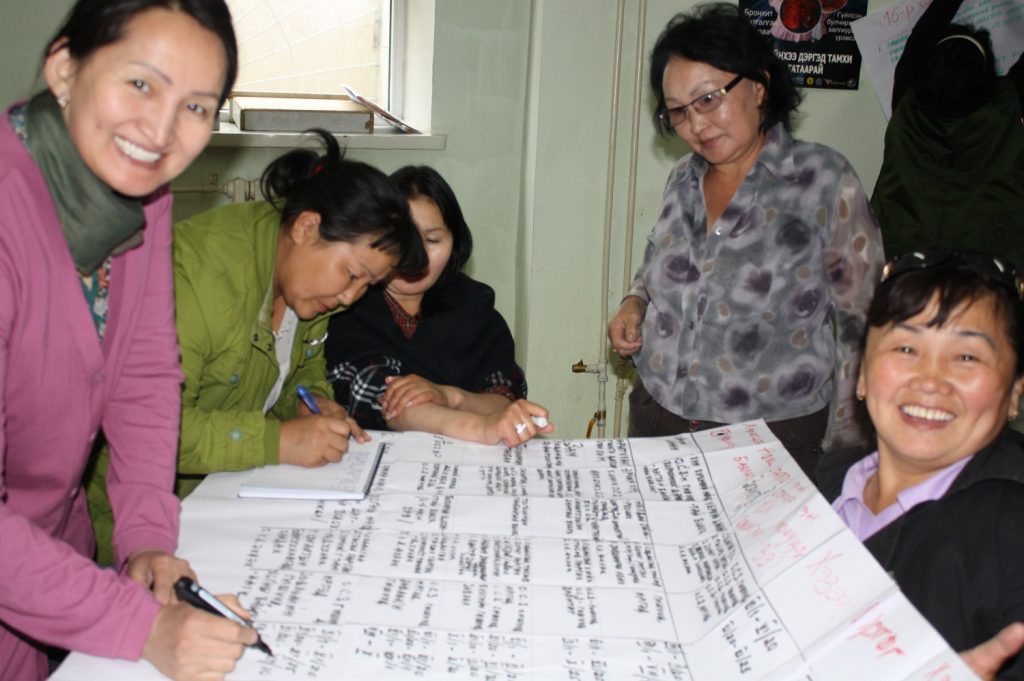Background
Ulaanbaatar – the capital city of Mongolia, has undergone rapid expansion due to the high-levels of rural-to-urban migration. In-migrants have been settling in Ger areas which have developed on Ulaanbaatar city’s periphery to accommodate population growth that has exceeded the capacity planned urban core area. The factors behind in-migration in recent years include poor incomes in the countryside, the Dzuds (extremely cold winter occurrences) of 1999-2001 which resulted in the loss of livestock – the main source of income in the countryside, and the Supreme Court decision of 2003 that granted citizens the right to the “freedom of movement” within Mongolia. The in-migrants have settled in the Ger-areas located outside the conventional built-up area of the city with predominantly traditional Ger (felt-tent) housing and low-levels of infrastructure and service provision.
Objectives
– To empower the Ger area communities through social mobilisation and organisation;
– To support community-based assessment and prioritisation of local needs for Ger area upgrading;
– To improve the quality of life of selected Ger area communities by improving infrastructure and services by using community-led processes; and
– To document and monitor project implementation progress and improvements in urban governance.
Activities
The tropical storms and heavy monsoon rains that affected Lao PDR during the months of July and August 2018 The main activities were:
– Empowerment of Ger area communities through social mobilisation and organisation;
– Community-based assessment and prioritisation of local needs for Ger area upgrading;
– Improvement of the quality of life by using community-led processes;
– Documentation and monitoring of project implementation progress and project evaluation, and study of urban governance in Ulaanbaatar City.
Outputs
- In the selected project sites: (a) Well-organised Ger area communities; and (b) Establishment of Community Development Councils and their federations;
- In the selected project sites: (a) Community-based assessment, identification and prioritisation of local needs for Ger area upgrading; (b) Community Action Plans developed by Community Development Councils in partnership with the local government, line departments (such as those responsible for finance, land administration, basic urban services and infrastructure) and other relevant stakeholders; and (c) Institutional capacity strengthened at various levels, including Ger-area communities, Municipality of Ulaanbaatar (Sub-District, District and City levels) and Ministry of Road, Transport, Construction and Urban Development, through the development of Community Action Plans;
- Quality of life improvements in the selected Sub-districts through investments in development of local infrastructure and provision of basic urban services;
- (a) Systematic documentation, monitoring and evaluation of project implementation progress; and (b) Studies on urban governance, capacity building of Municipality of Ulaanbaatar staff, and sharing of this Project’s experience and lessons learnt with various local governments in Mongolia.
Donors and Stakeholders
Donor:
Government of Japan
Key Project Stakeholders:
Municipality of Ulaanbaatar (MUB); Ministry of Construction and Urban Development (MRTCUD)
Relevant Links
Video: UN-Habitat Community-Led Ger Area Upgrading in Ulaanbaatar City Project. MONGOLIA








